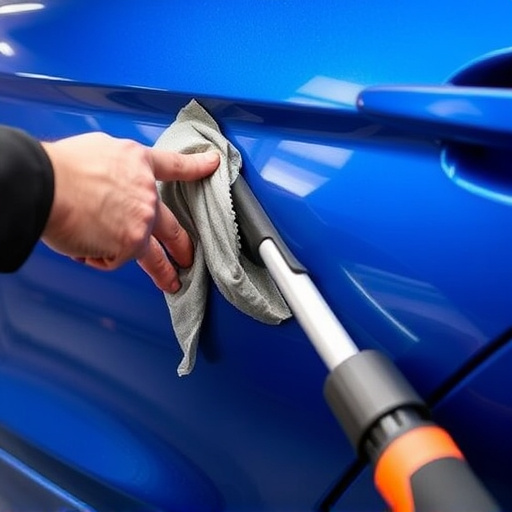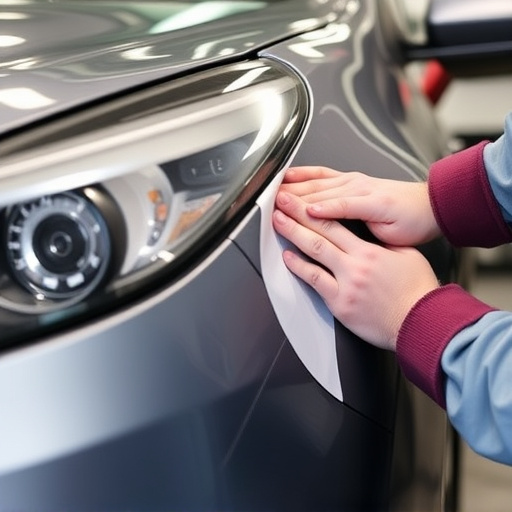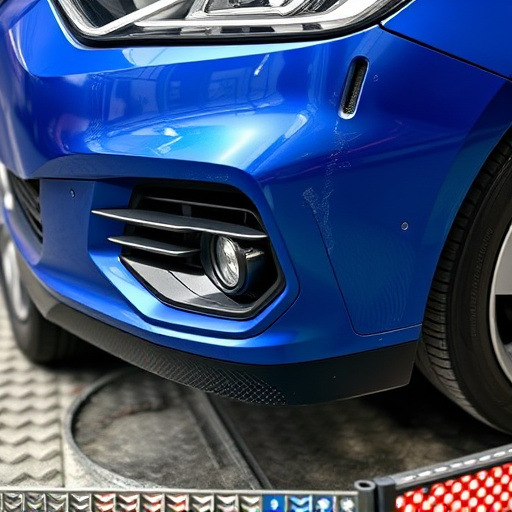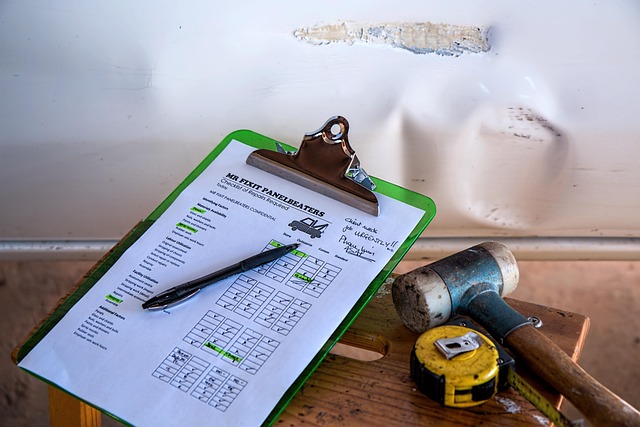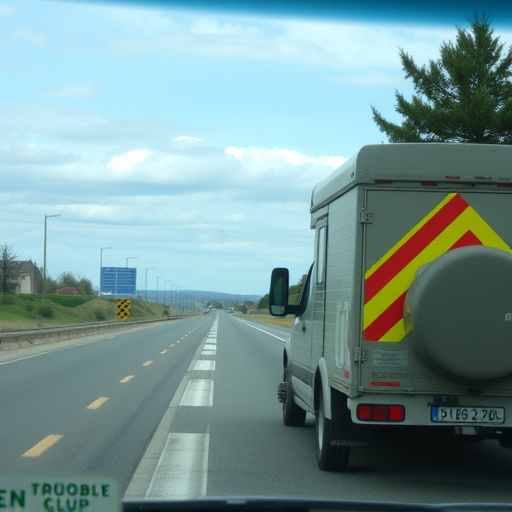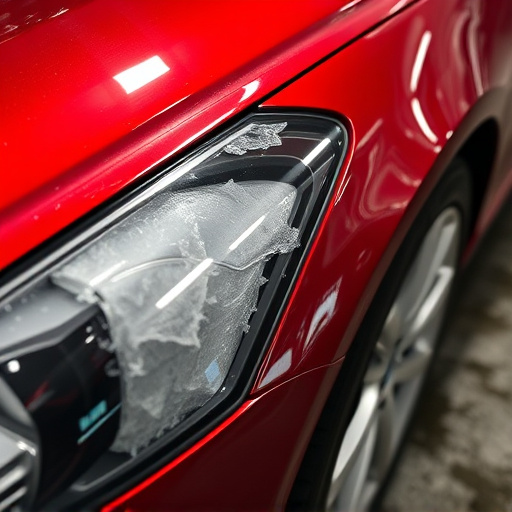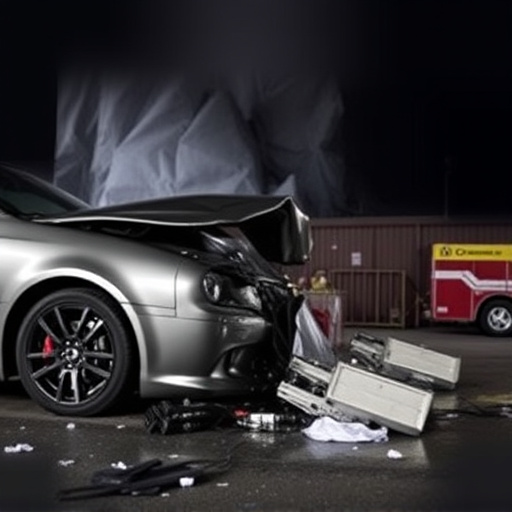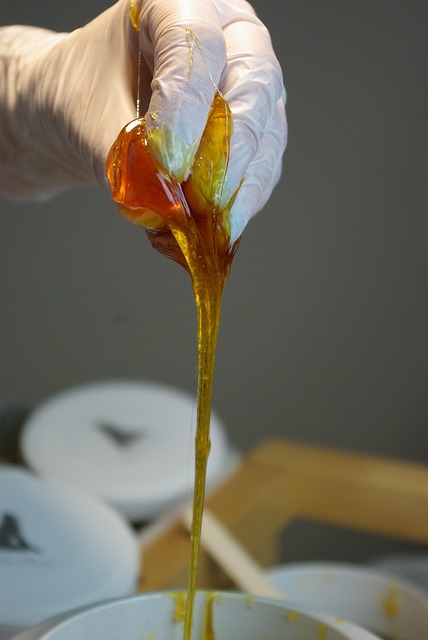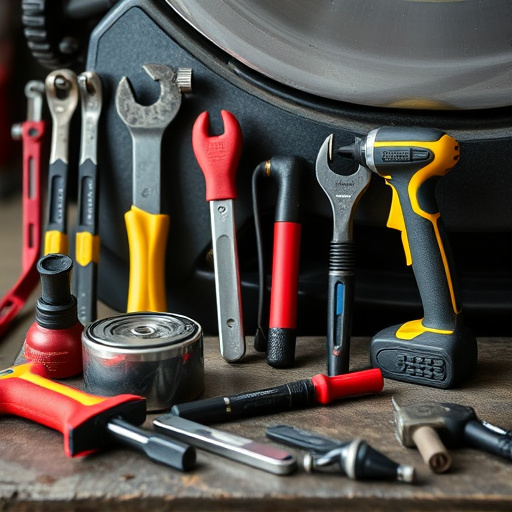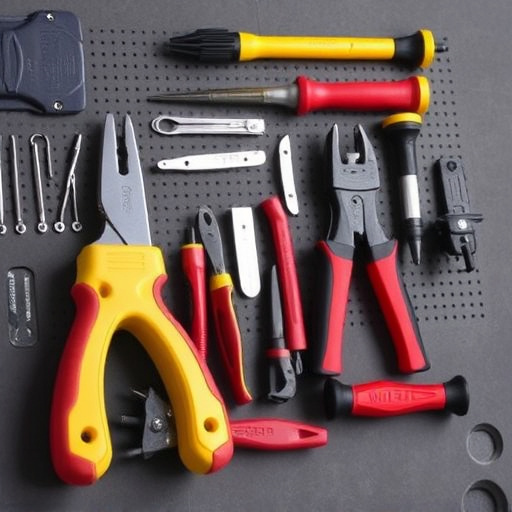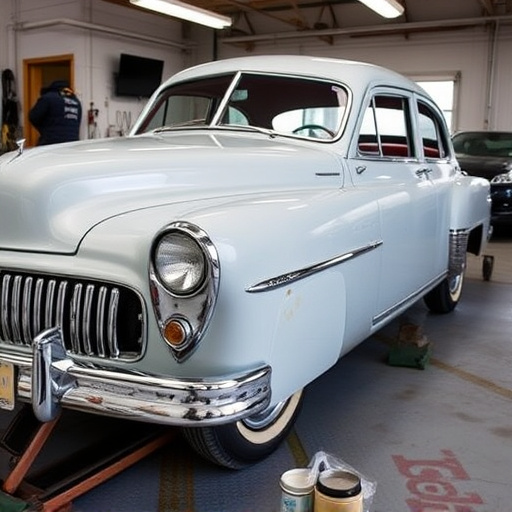Radiator collision repair for hybrid and electric vehicles (EVs) requires specialized tools and techniques due to their sensitive components and advanced cooling systems. Reputable shops use advanced equipment for precise repairs, maintaining safety and performance standards. Post-repair testing, ongoing maintenance, re-fastening loose parts, and regular check-ups extend the lifespan of cooling systems, enhancing safety, efficiency, and saving money on future repairs.
In today’s diverse automotive landscape, radiator collision repair for hybrid and electric vehicles (EVs) is a specialized skill. These models present unique challenges due to their advanced systems and sensitive components. This article delves into the intricacies of radiator damage in these vehicles, exploring specialized tools and techniques required for effective repairs. Additionally, it provides crucial post-repair testing and maintenance tips to ensure longevity and optimal performance for hybrid and EV owners. Understanding these processes is essential for both professionals and enthusiasts navigating radiator collision repair.
- Understanding Radiator Damage in Hybrid and EV Vehicles
- Specialized Tools and Techniques for Repair
- Ensuring Longevity: Post-Repair Testing and Maintenance Tips
Understanding Radiator Damage in Hybrid and EV Vehicles
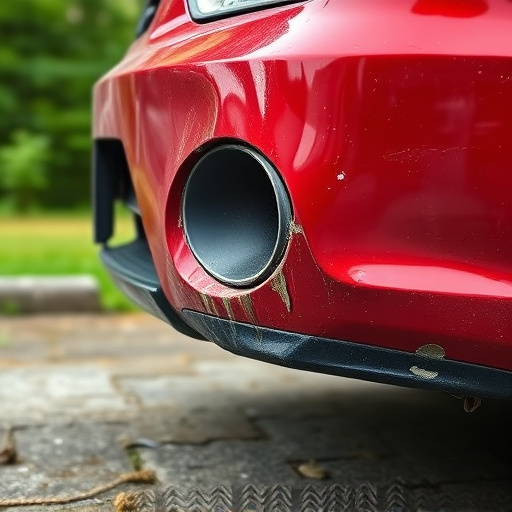
Radiator collision repair is particularly critical for hybrid and electric vehicles (EVs) due to their unique construction and sensitive components. Unlike conventional cars, these models often feature advanced cooling systems designed to manage high-voltage batteries and electric motors. Damage to the radiator in such vehicles can lead to not only functional issues but also pose safety hazards. Cracks or punctures in the radiator’s core could compromise the liquid cooling system, causing overheating and potentially damaging vital electrical subsystems.
When a hybrid or EV undergoes a collision, it’s essential to thoroughly inspect the radiator for any signs of strain or damage. Experienced technicians specializing in radiator collision repair understand that these vehicles often require specialized tools and techniques. Repairs may involve replacing damaged parts, resealing leaks, or even upgrading to more durable components, all while ensuring compatibility with advanced vehicle systems. Efficient fleet repair services and high-quality car paint services can help restore these vehicles to their optimal condition, maintaining safety, efficiency, and environmental performance.
Specialized Tools and Techniques for Repair
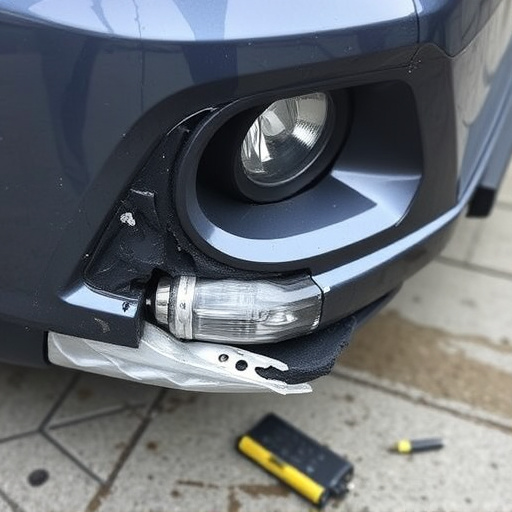
When it comes to radiator collision repair for hybrid and electric vehicles (EVs), specialized tools and techniques are essential due to their unique construction and safety features. Unlike conventional vehicles, hybrids and EVs have more intricate cooling systems, often incorporating liquid-cooling radiators with integrated electrical components. Repairing these requires a nuanced approach.
Automotive repair shops specializing in radiator collision repair must invest in advanced equipment tailored for these models. This includes specialized tools for disassembling and reassembling complex components, precise temperature controls to minimize damage during repair, and diagnostic software to ensure the vehicle’s electrical systems are functioning correctly after tire services and car repair shop interventions. Such meticulous methods guarantee that the vehicle’s performance and safety standards are maintained throughout the repair process.
Ensuring Longevity: Post-Repair Testing and Maintenance Tips
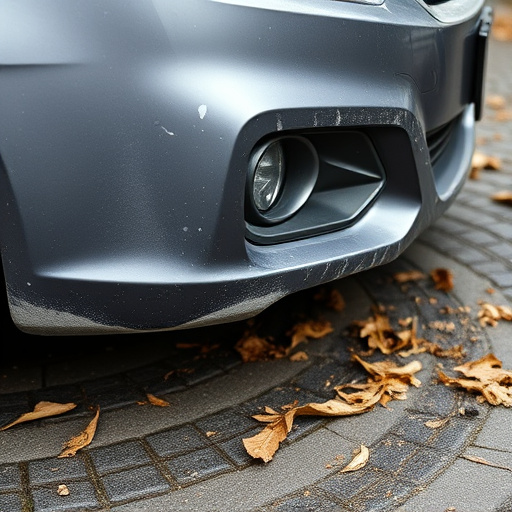
After successfully completing a radiator collision repair on hybrid or EV models, ensuring longevity requires careful post-repair testing and ongoing maintenance. Beyond checking for leaks and proper cooling system functionality, it’s crucial to verify that all components are securely fastened and alignment is restored to prevent future damage.
Regular vehicle check-ups at a reputable car repair shop, specializing in intricate auto body repairs like radiator collision repair, are essential. These visits allow for thorough inspections, fluid top-offs, and early detection of potential issues. Maintaining optimal operating conditions not only extends the lifespan of your vehicle’s cooling system but also ensures safe and efficient driving, ultimately saving you money and time on future repairs.
Radiator collision repair is a specialized process crucial for maintaining the performance and longevity of hybrid and electric vehicles. By understanding common damage types, employing advanced tools and techniques, and conducting thorough post-repair testing, technicians can ensure these vehicles return to optimal condition. With proper care and expertise, radiator collision repair plays a vital role in preserving the efficiency and safety of modern automotive technology.
